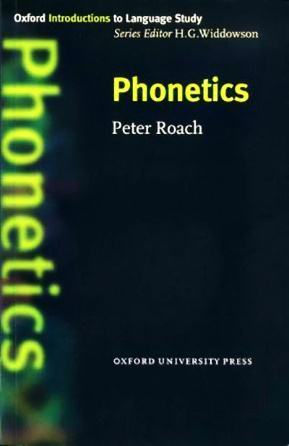Phonetics by Peter Roach

The author of the book, a retired professor of phonetics at Reading University, described in detail the physiological processes that occur during conversation, providing the theory with schematic illustrations. They clearly show the work of the organs of speech.
Peter Roach focuses not only on the physiological aspects of the articulation apparatus. According to the fact that a substantial part of the work is performed and controlled by the brain, he also mentions the importance of these processes. A few years earlier, there were not enough resources to study how brain performs during speech, but with the advent of new methods of brain neuroimaging, phonetics has stepped far ahead. You can also read about all these innovations in the manual.
In one of the chapters, the author presents the most detailed classification of English sounds, which could be incredibly useful for students. The good half them has no analogues in Russian, that is why it is very important to know the characteristics of sounds and the theory of articulation to be able to pronounce words correctly. One should not forget the importance of sound tone, height and intonation. These components have an impressive influence in English. The same phrase, uttered with different intonation, can acquire completely different meanings. For example, the phrase "She won 't go out with anyone," spoken with a falling pitch movement on “any”, means that the girl will go out with nobody. If you change to a falling-rising pitch movement, it says that she is careful about who she goes out with.
The Phonetics textbook will help the non-native English speaker to get closer to the variant of English spoken by natives, as well as to expand the theoretical knowledge base about the subject.



